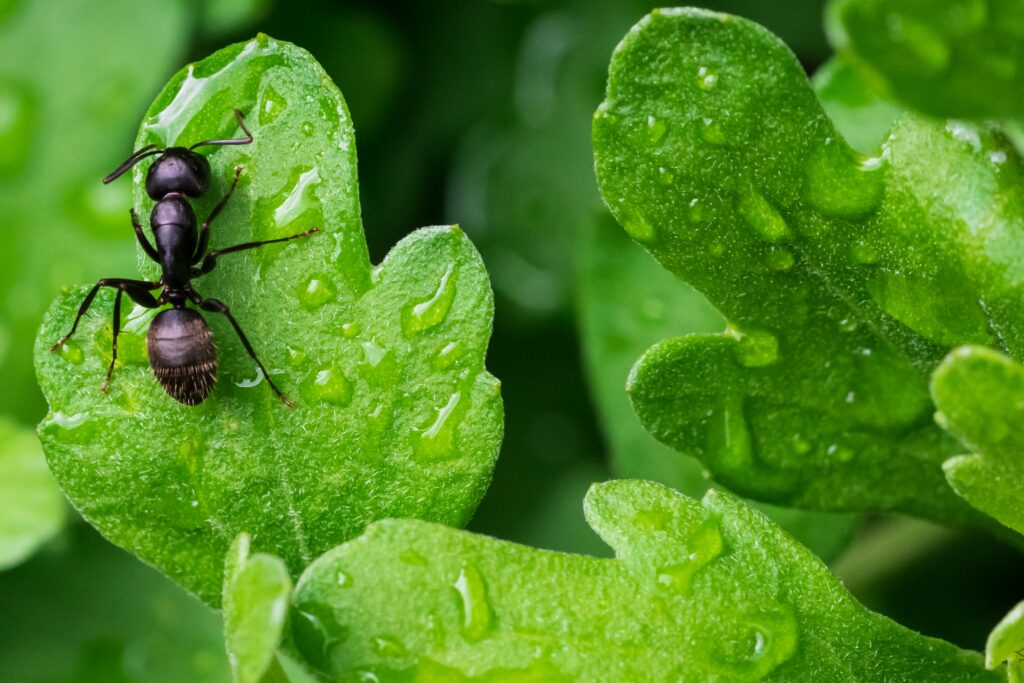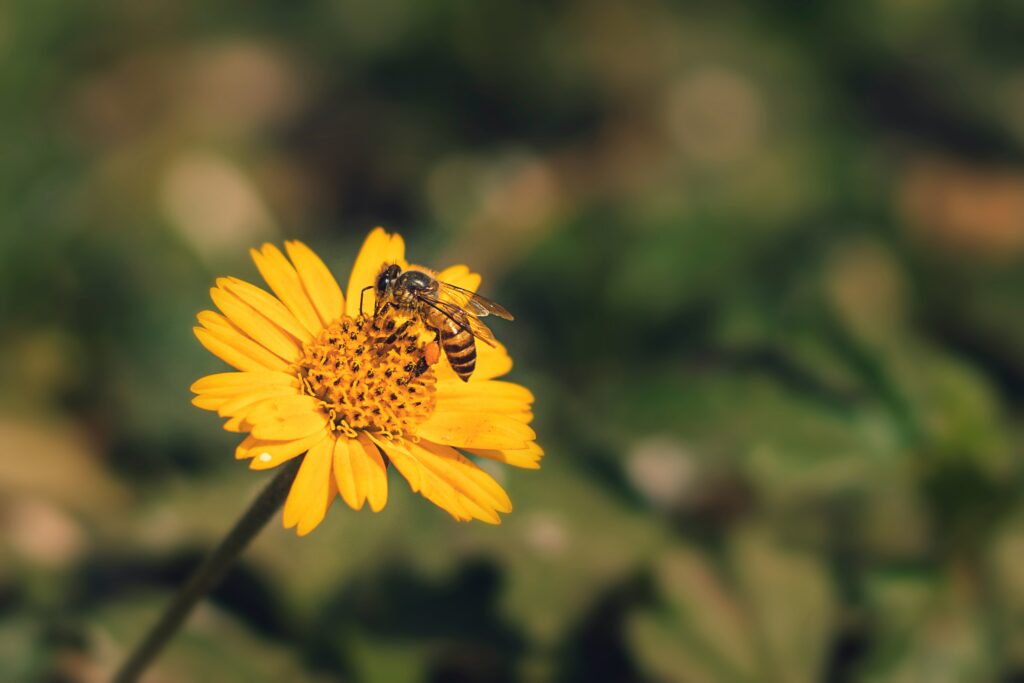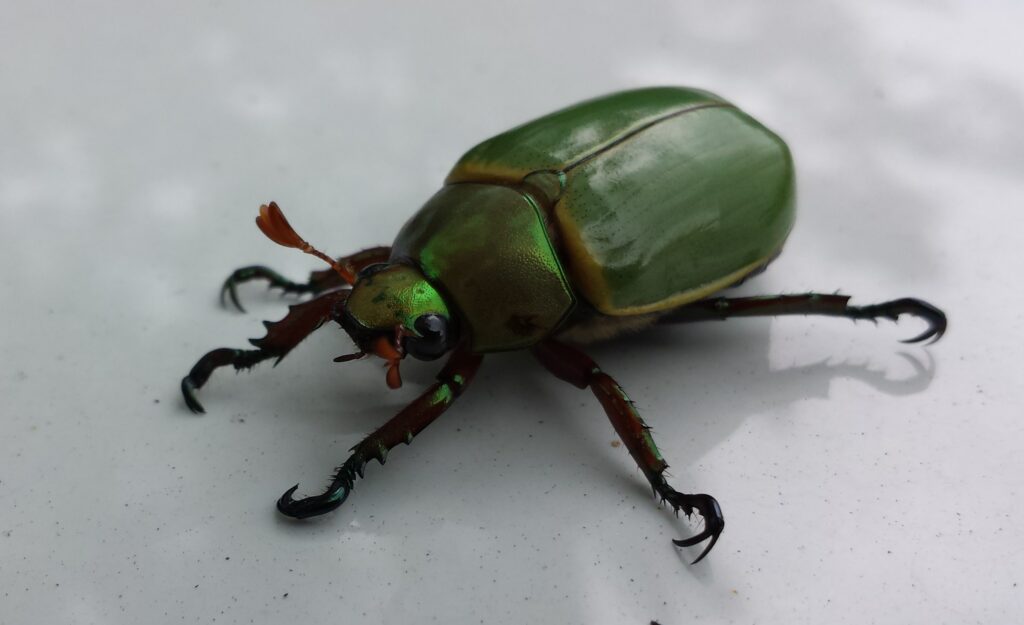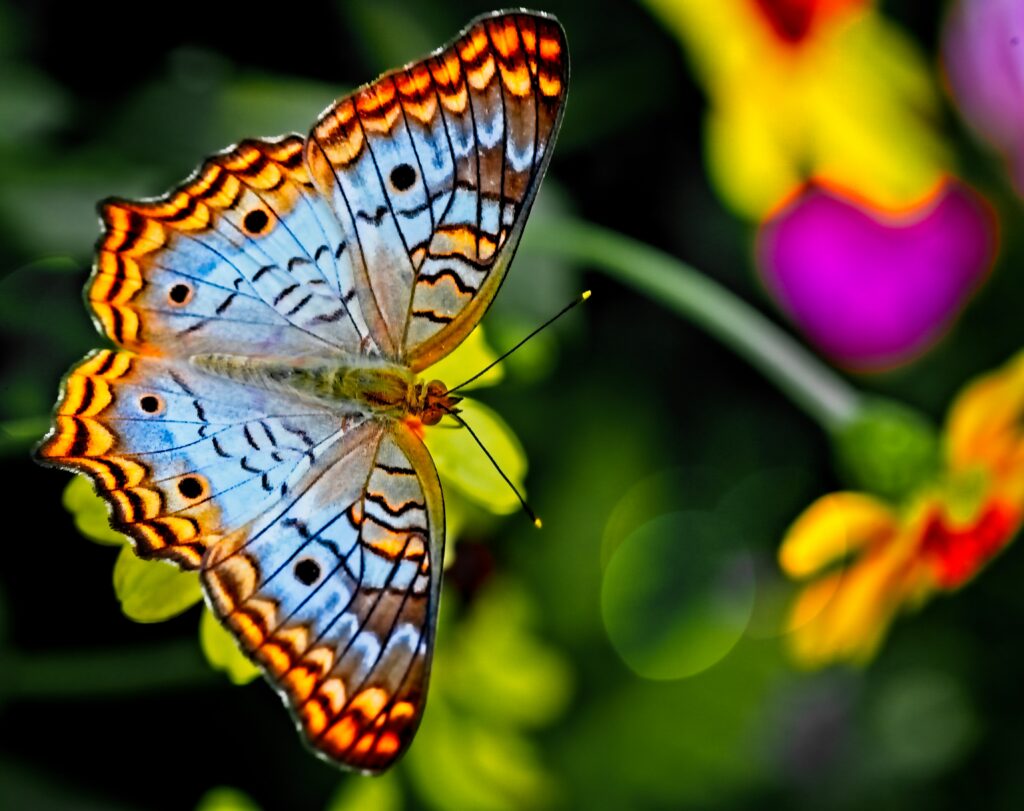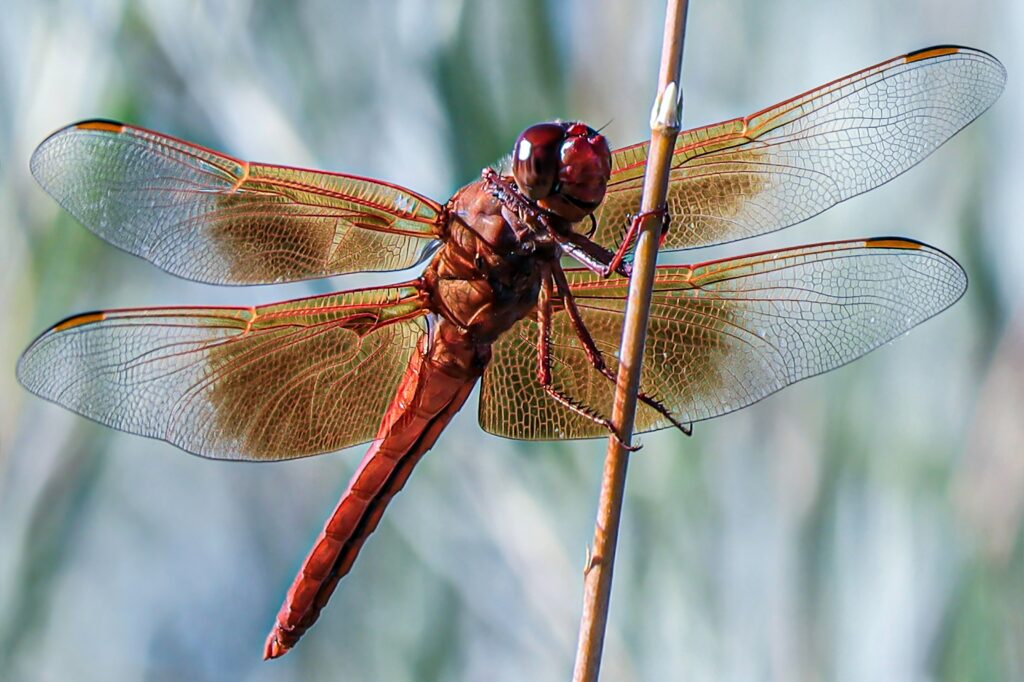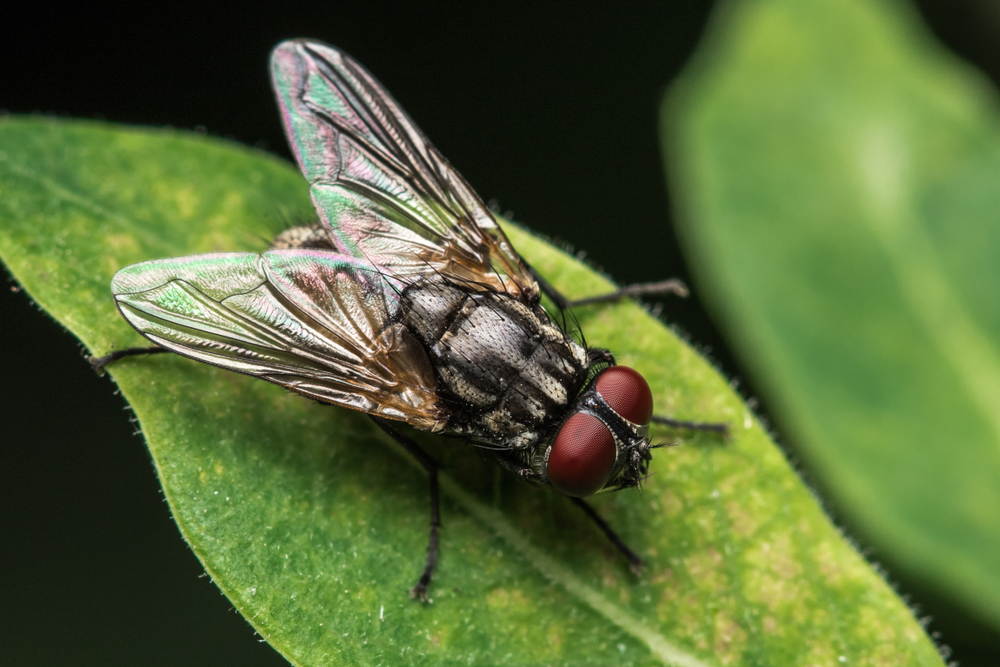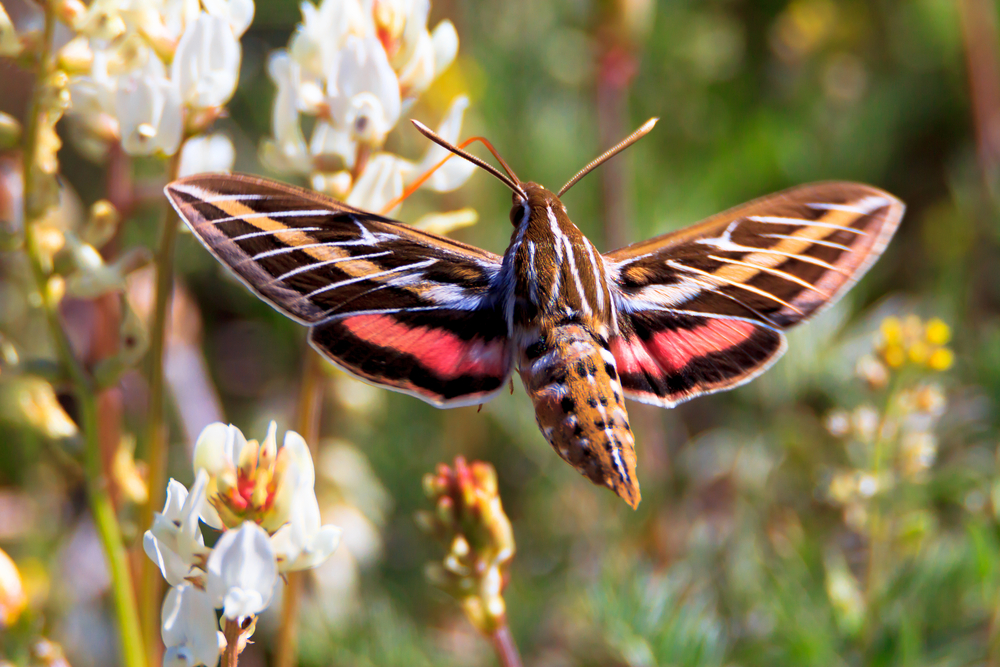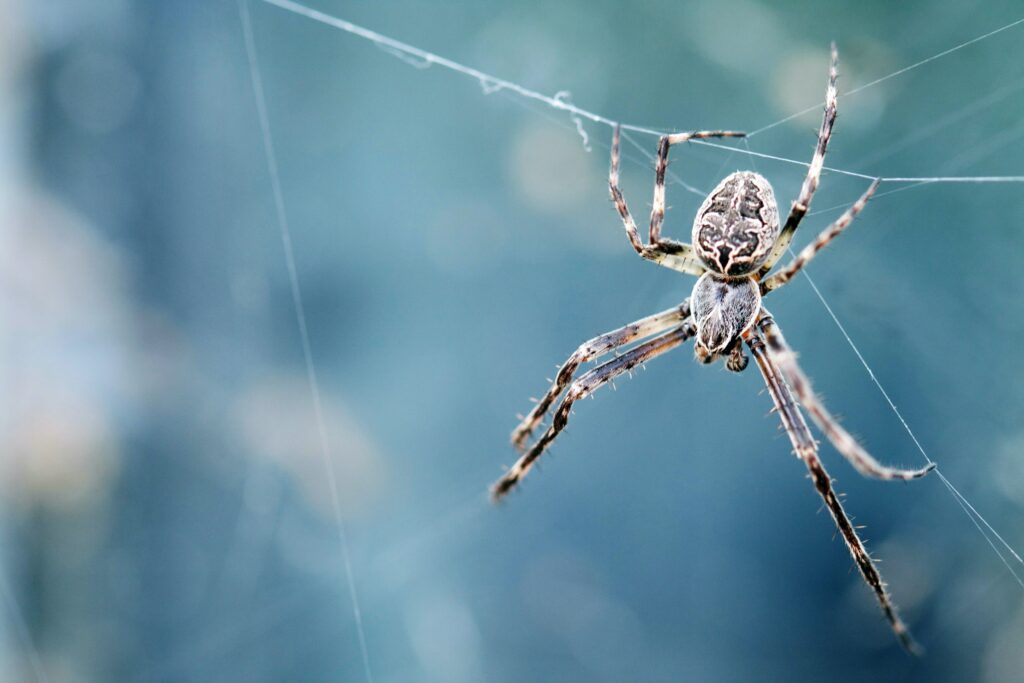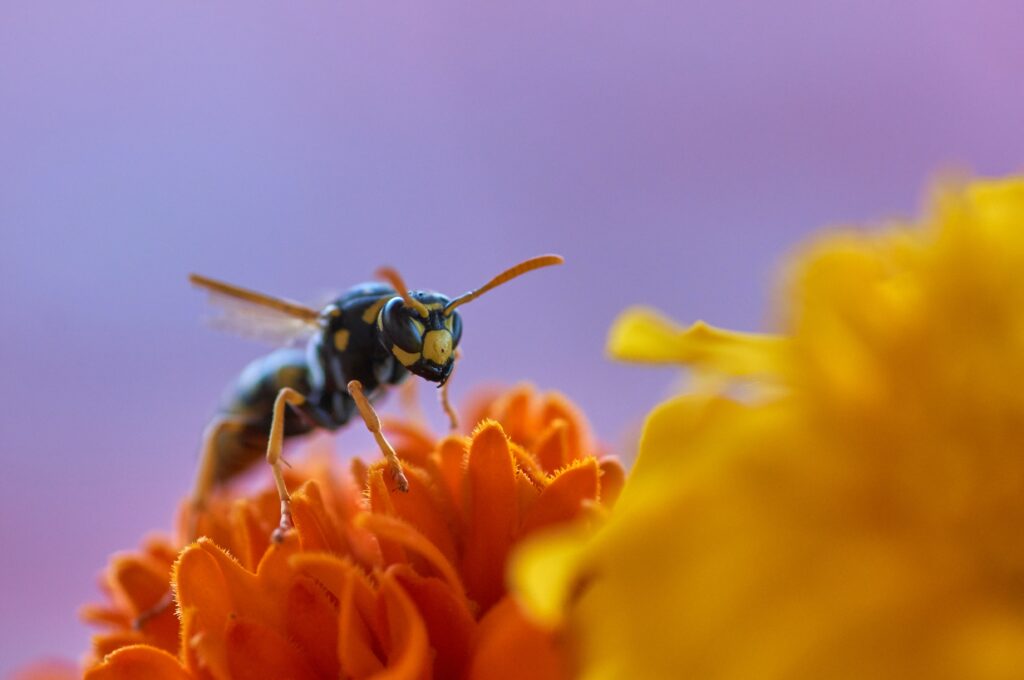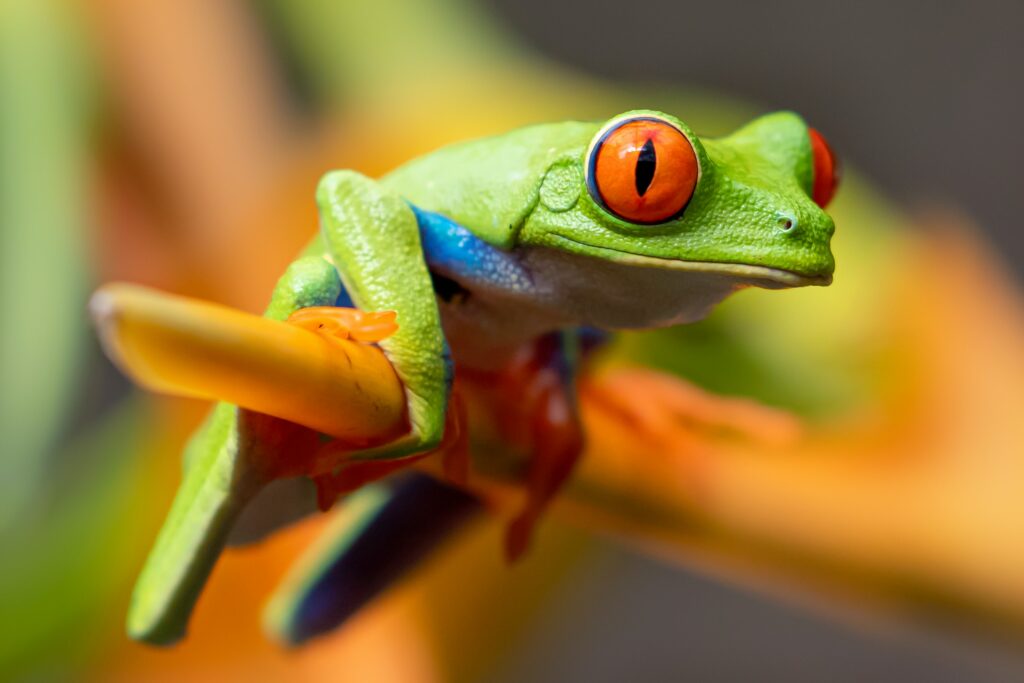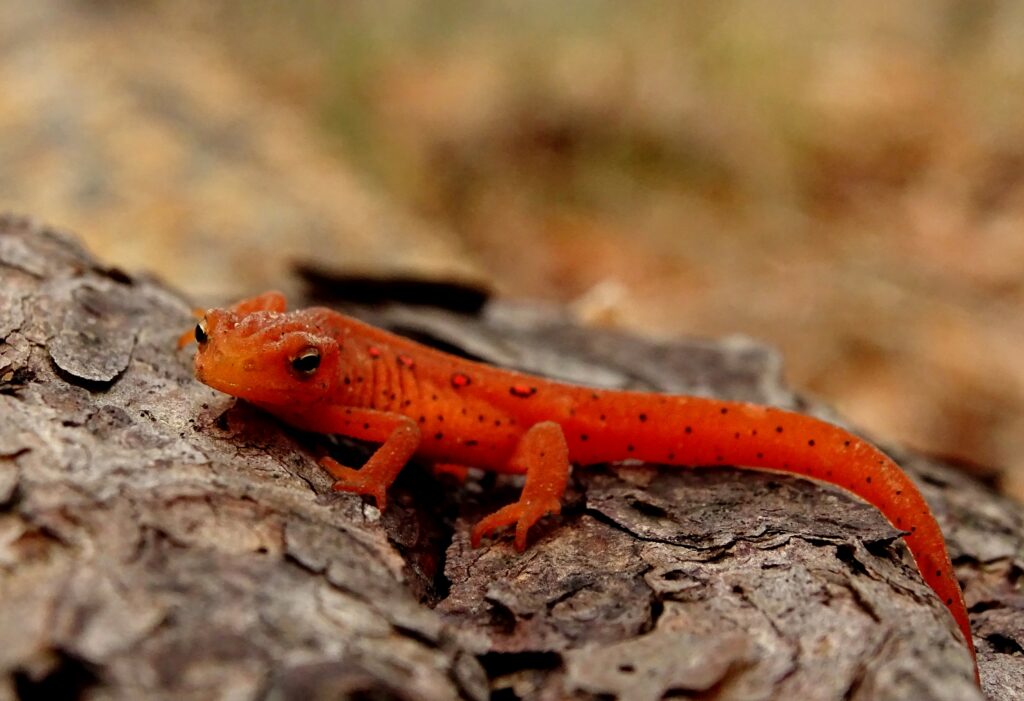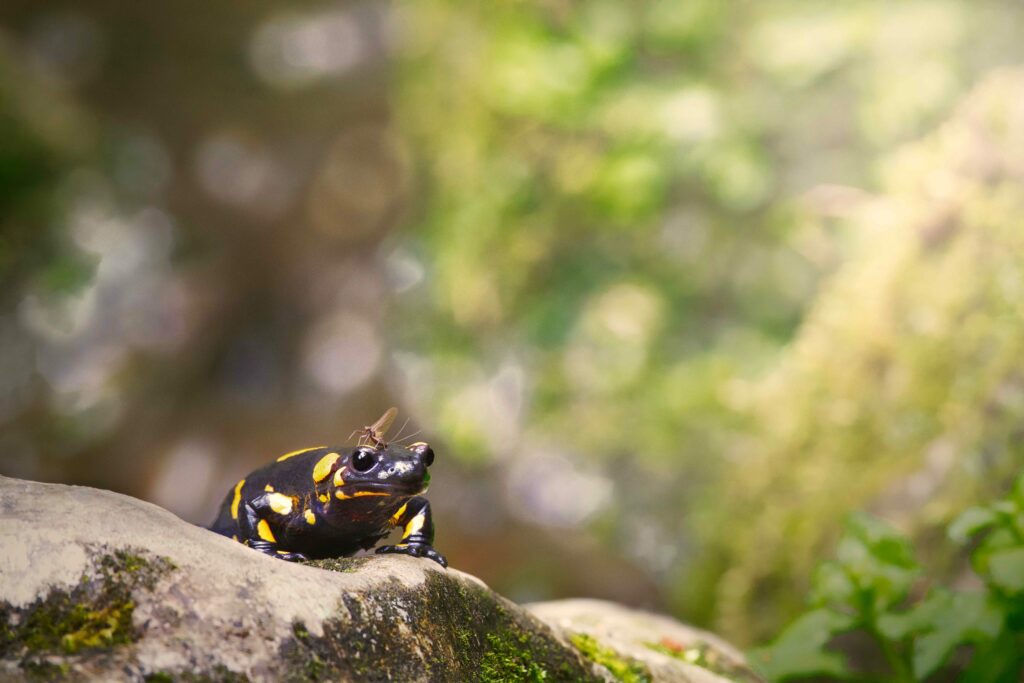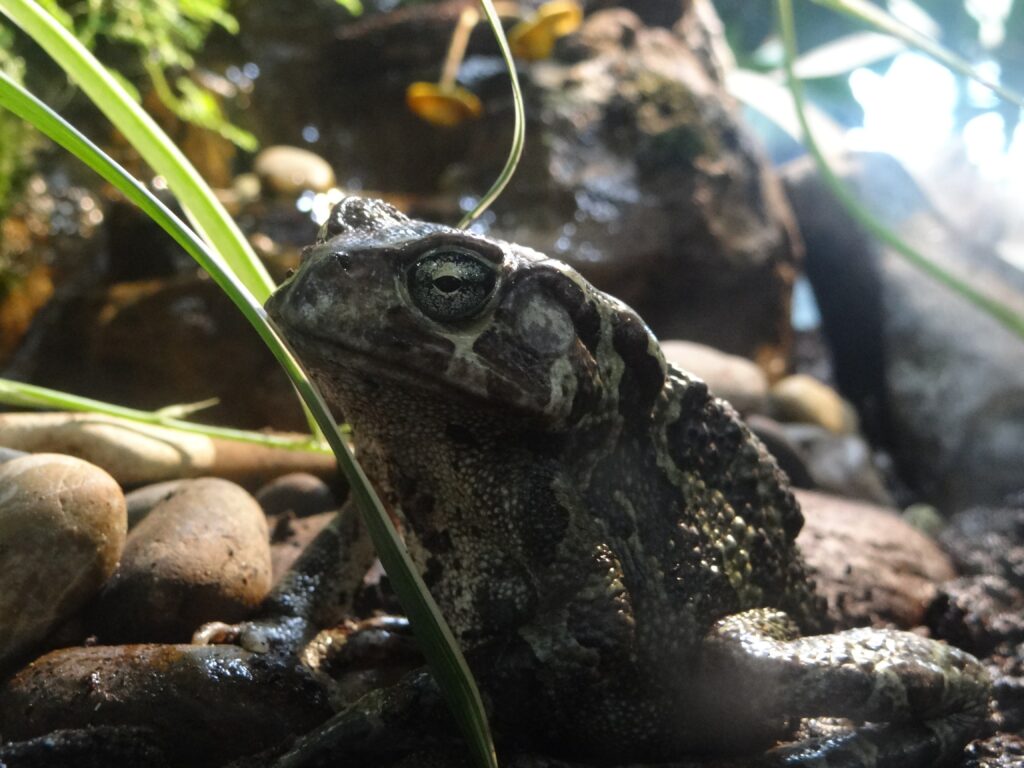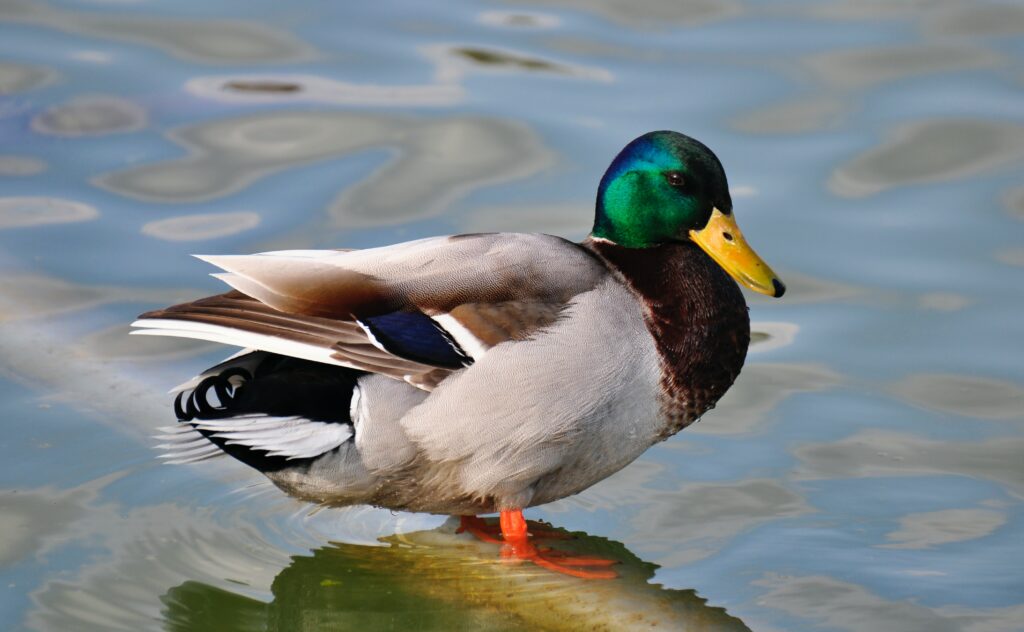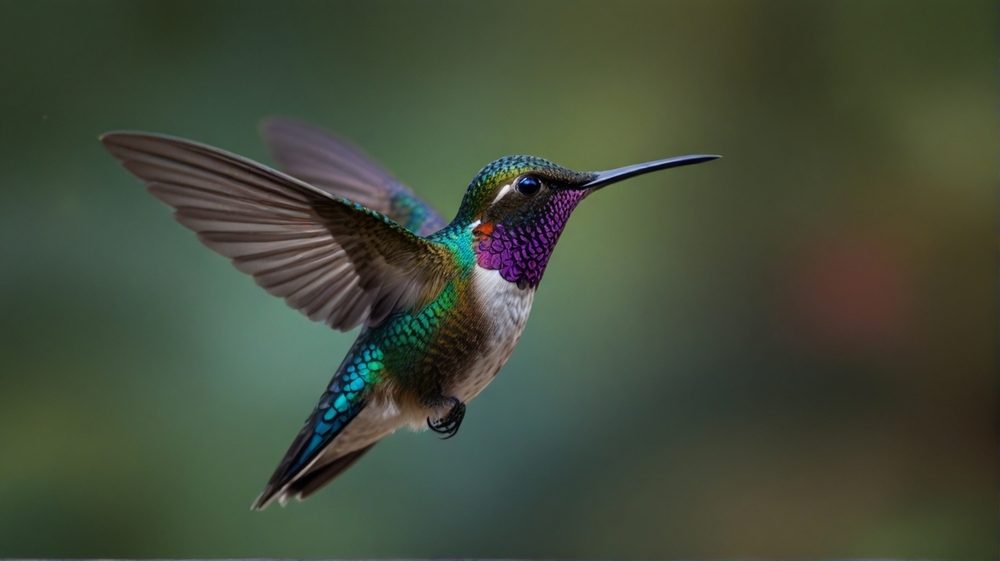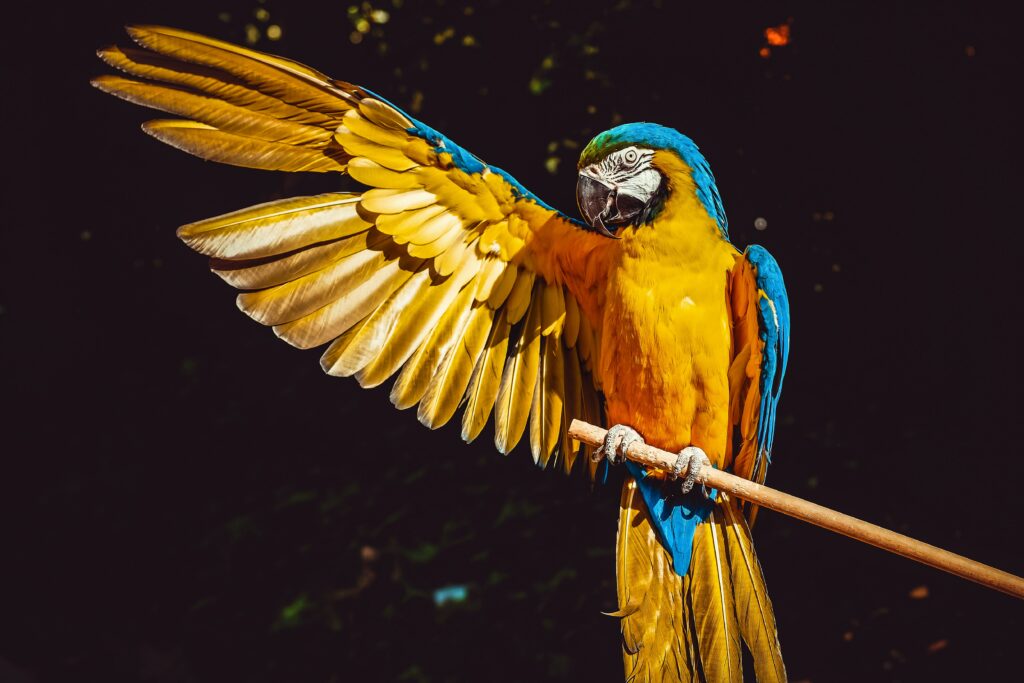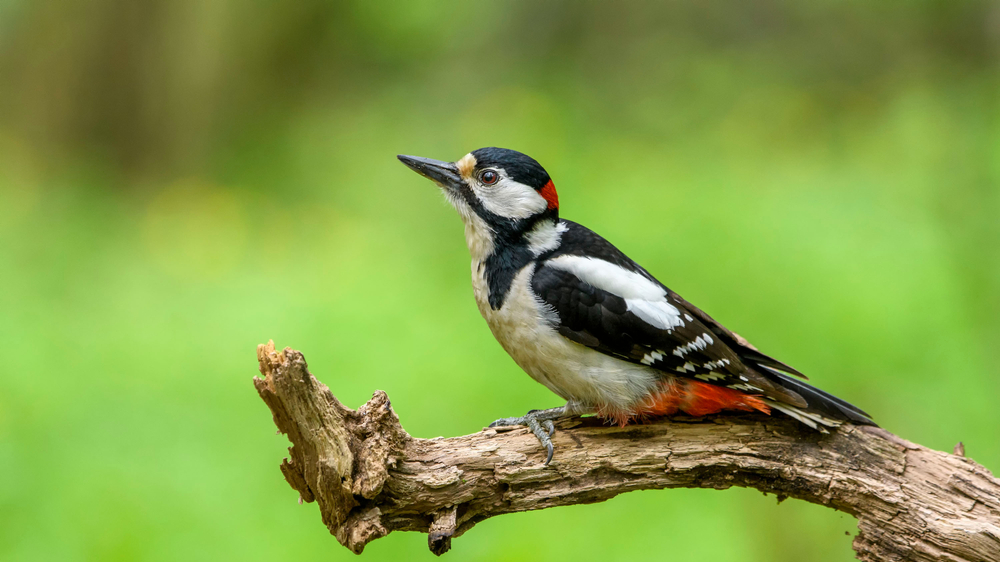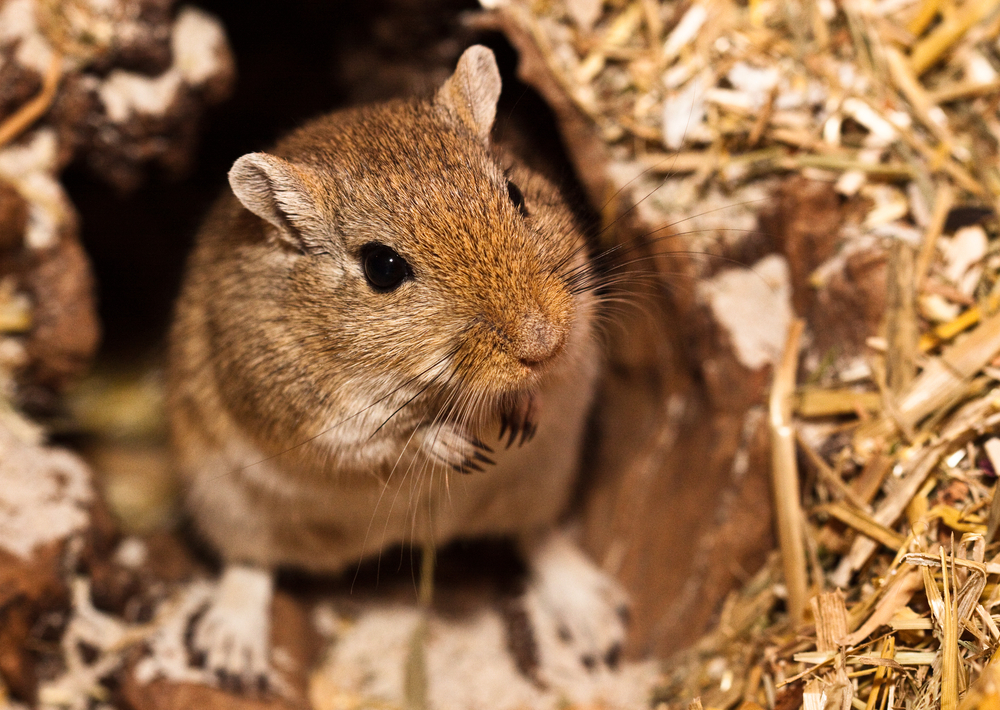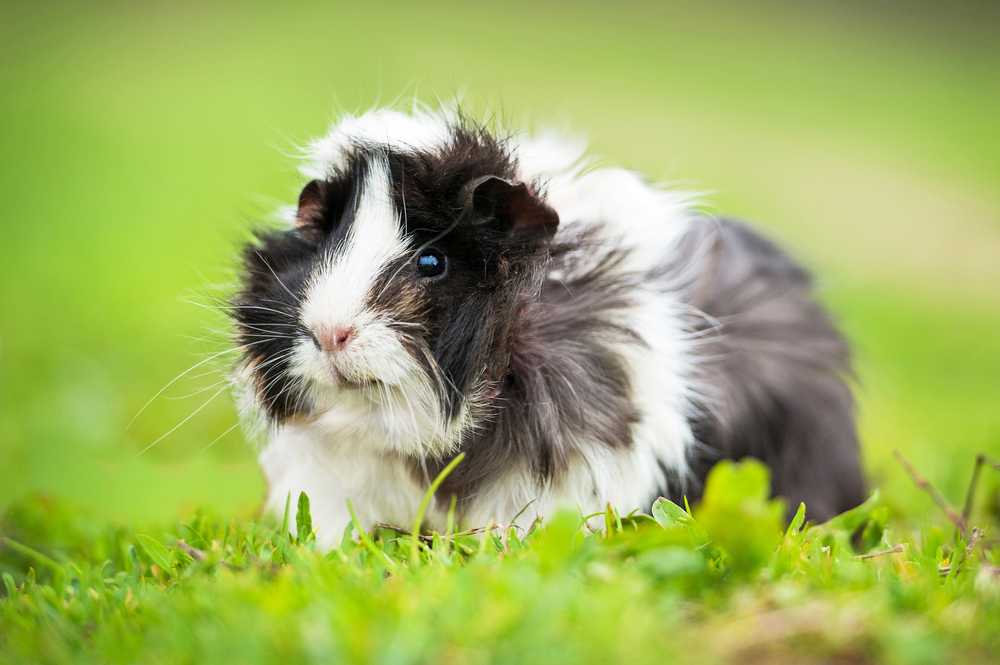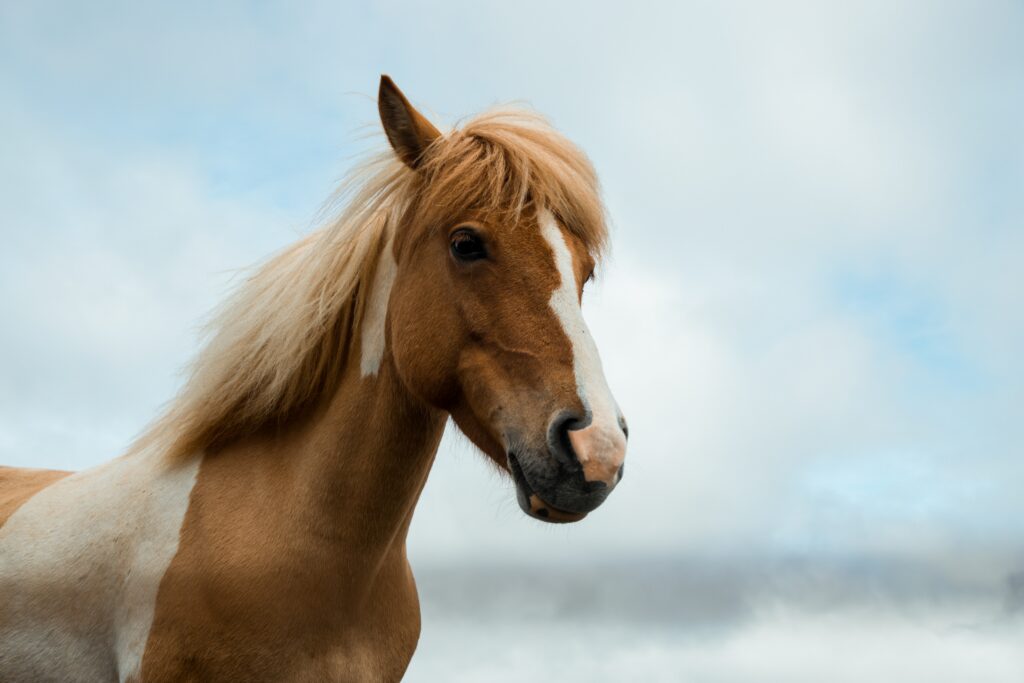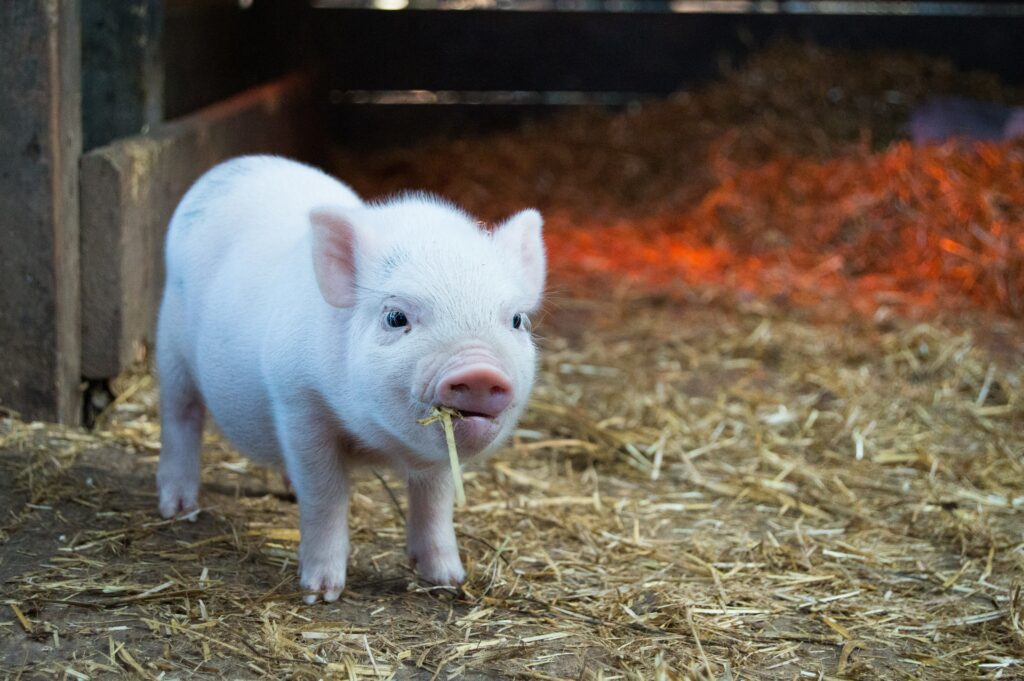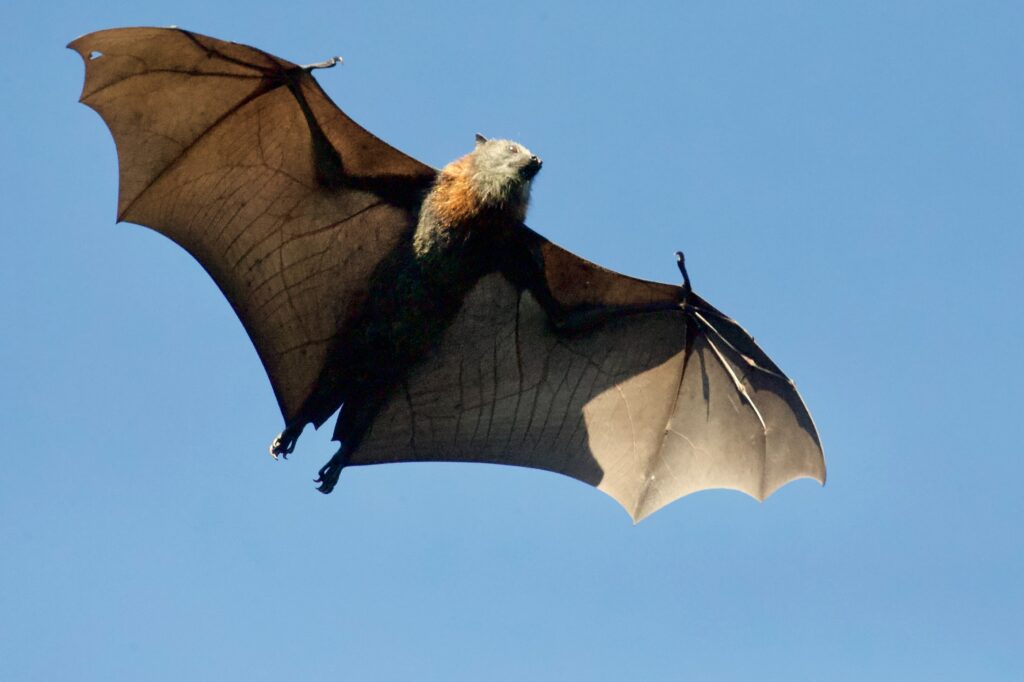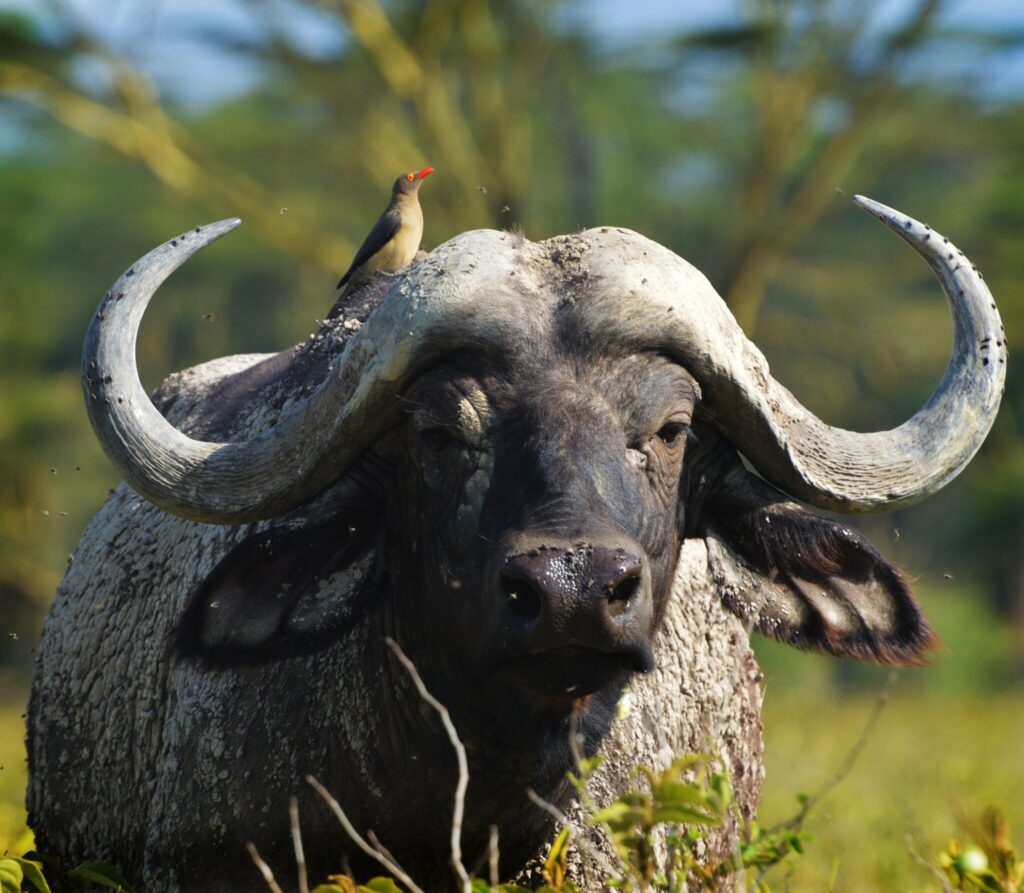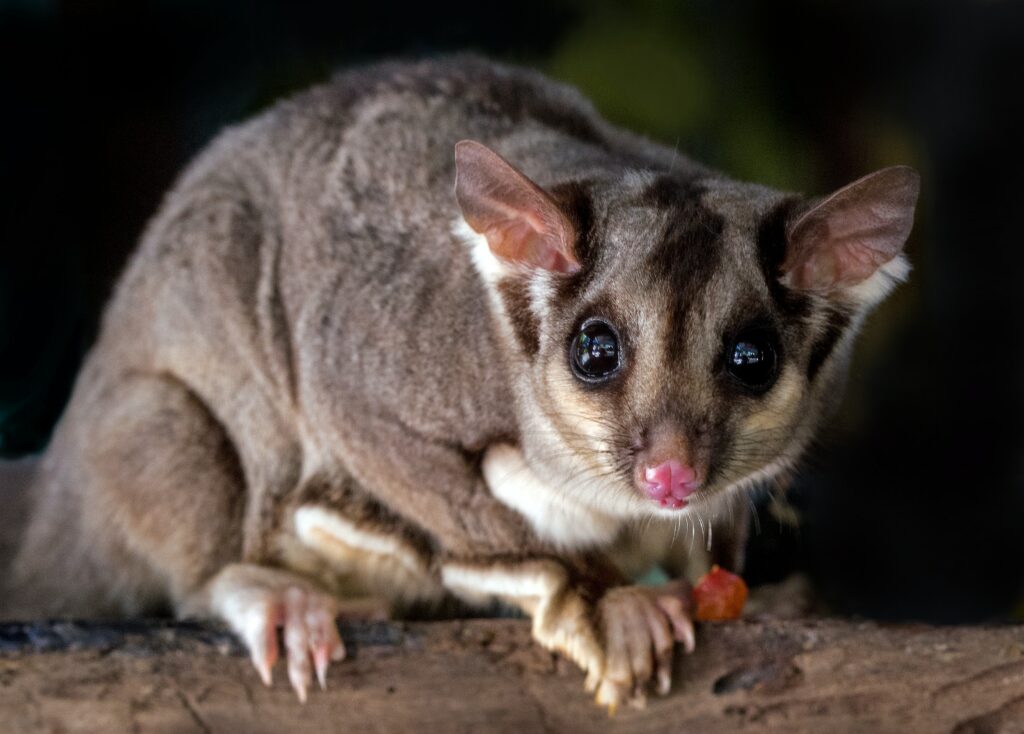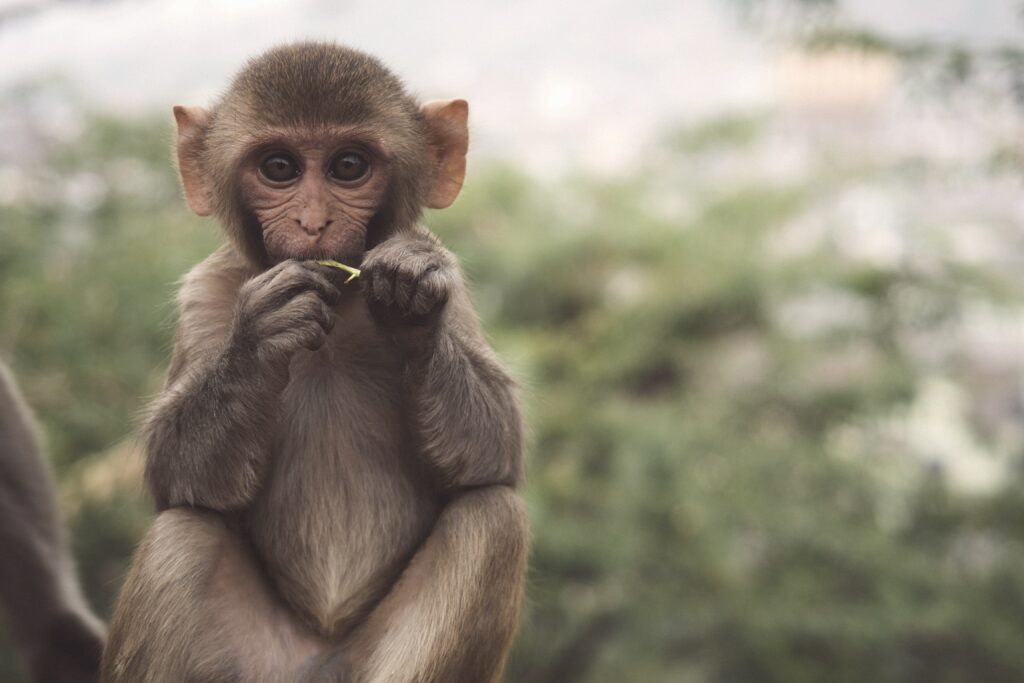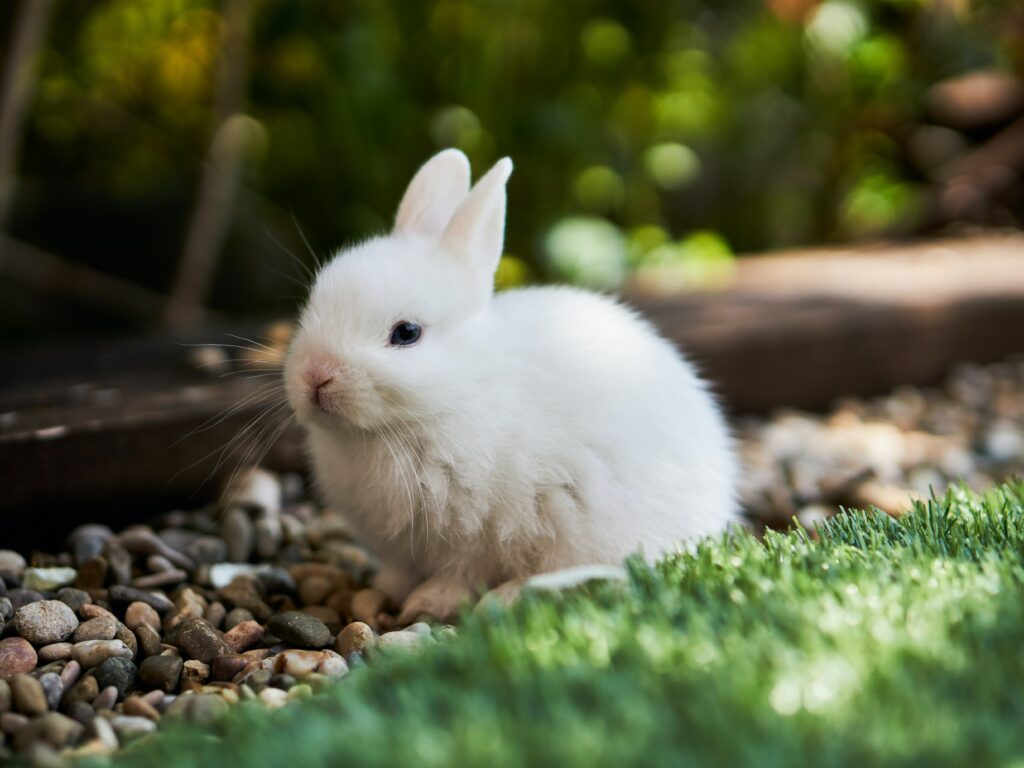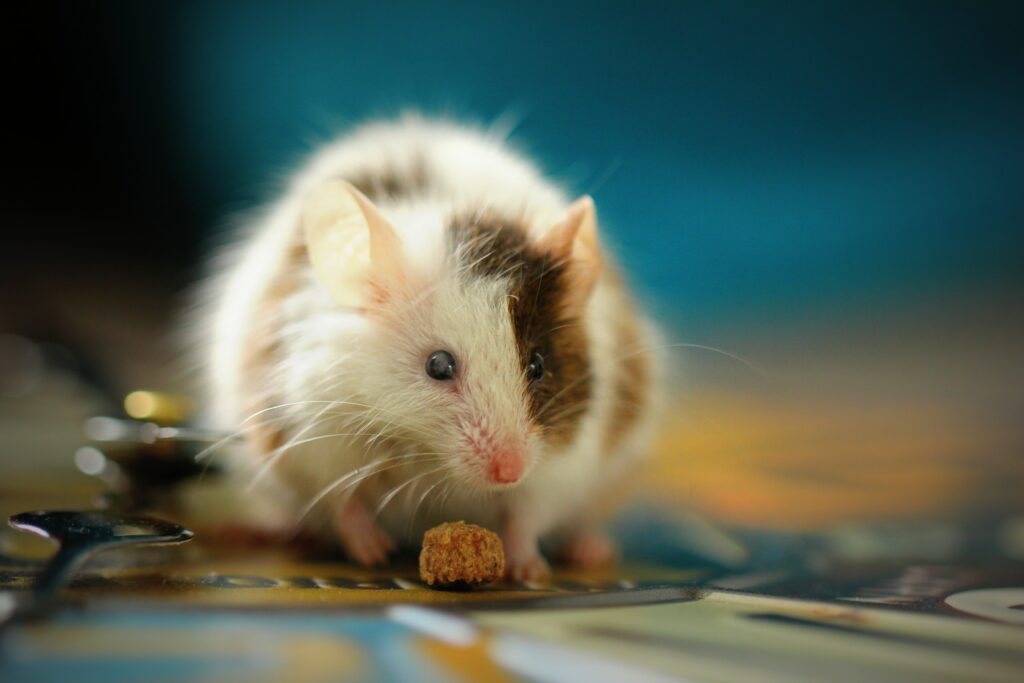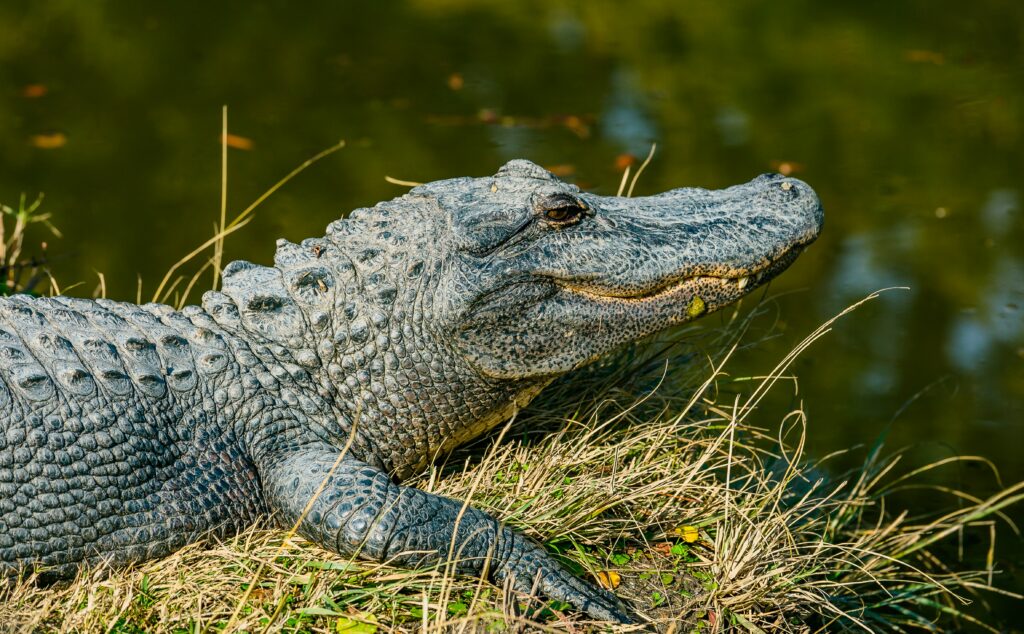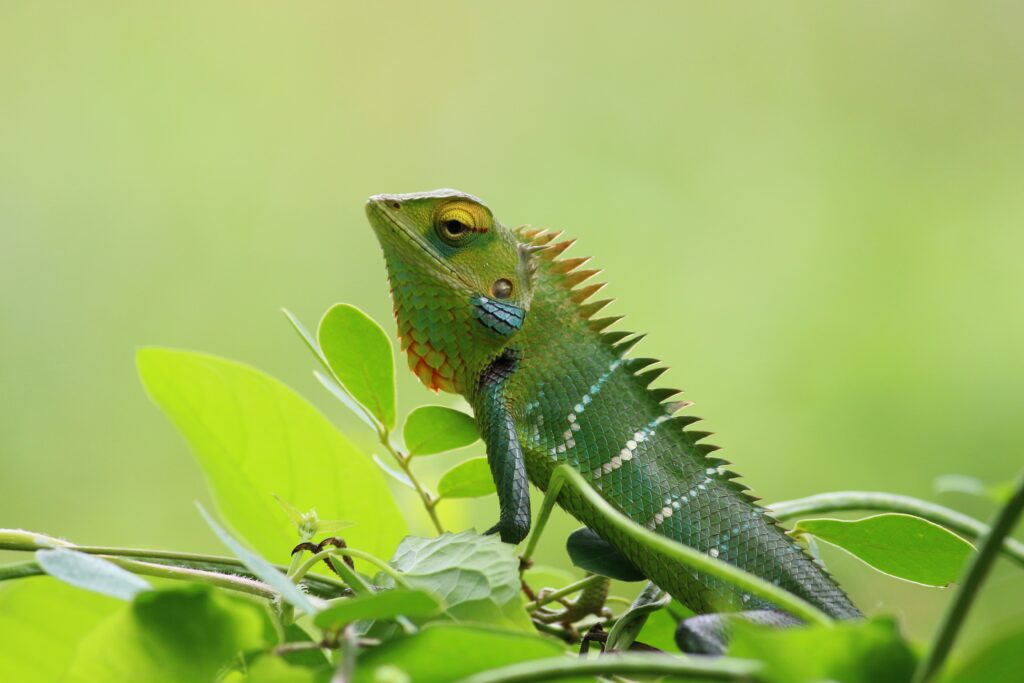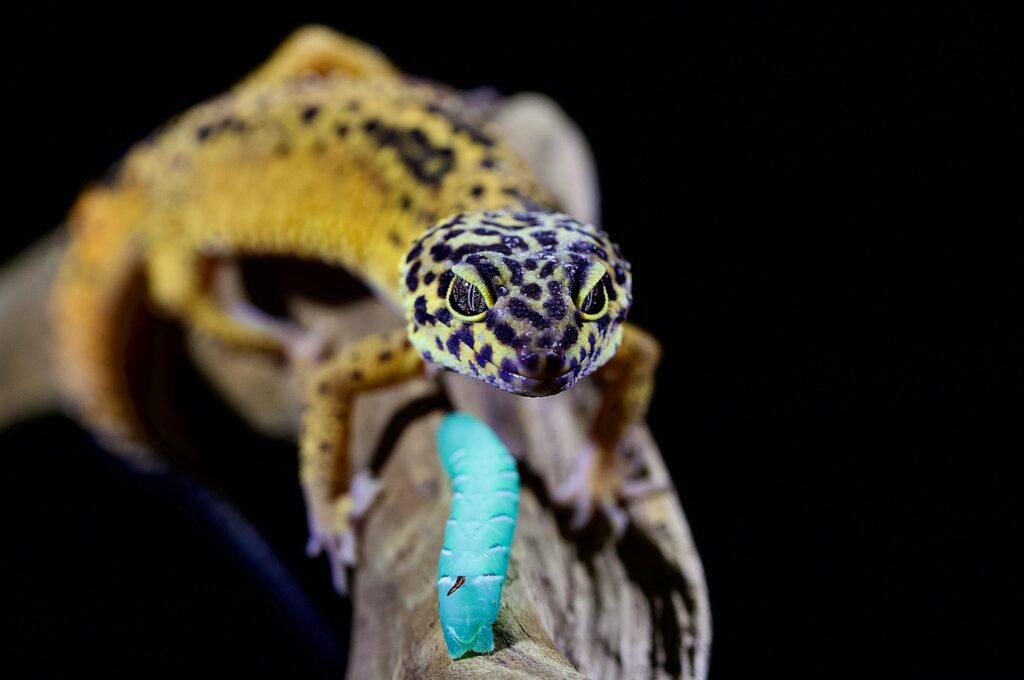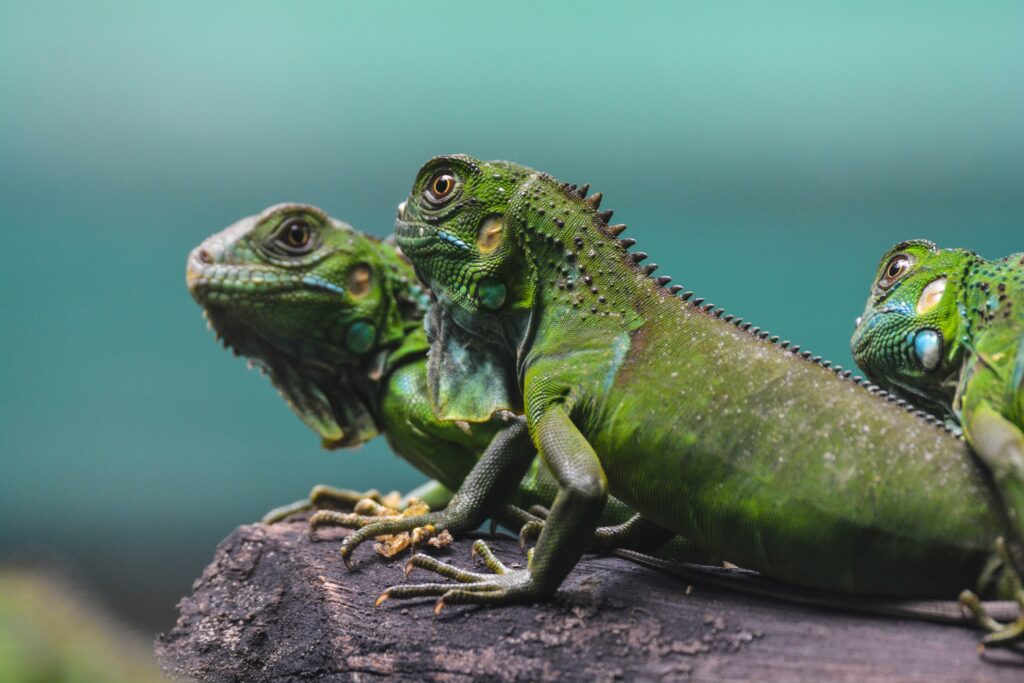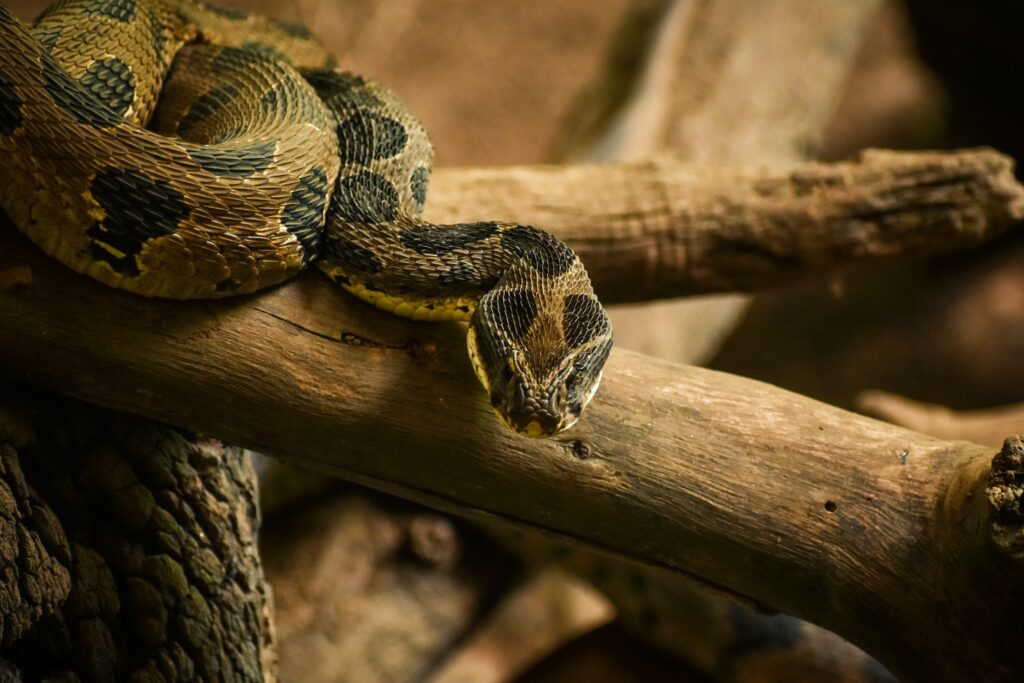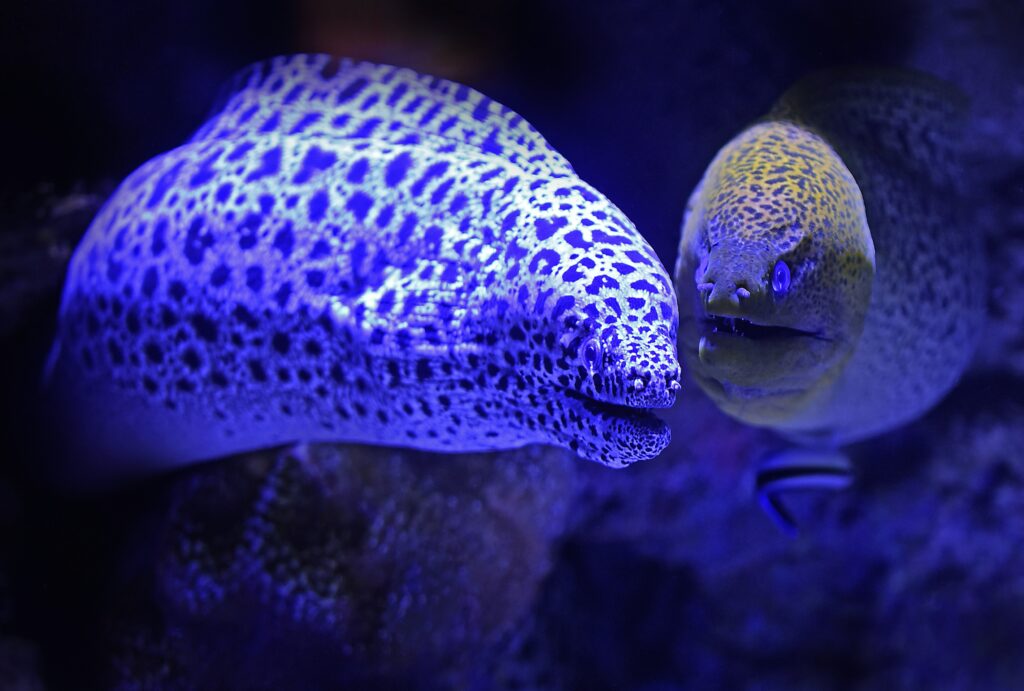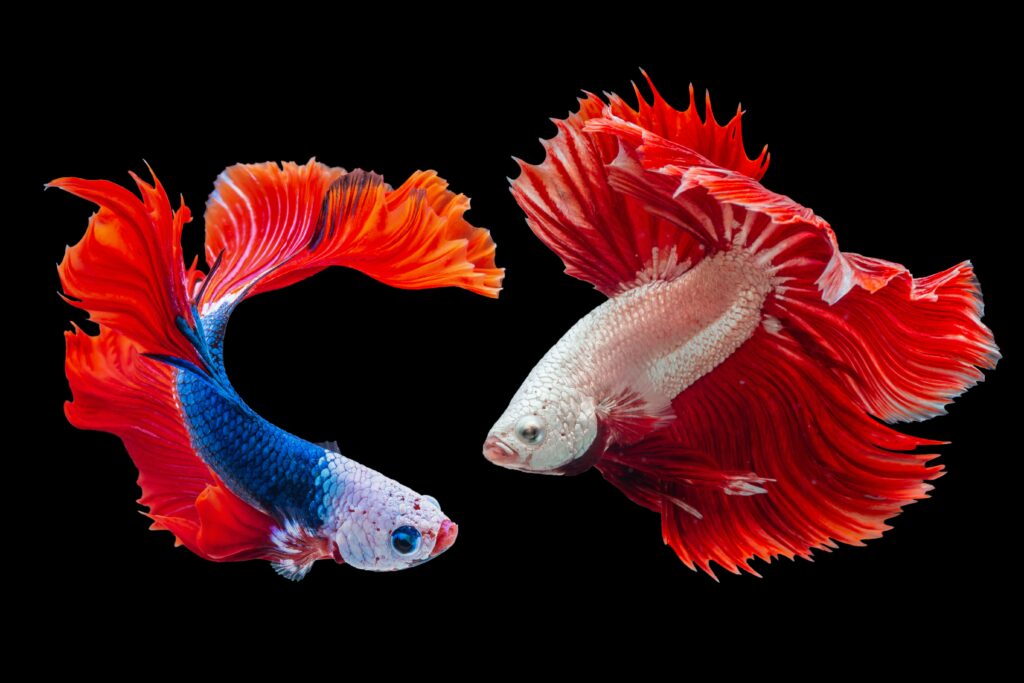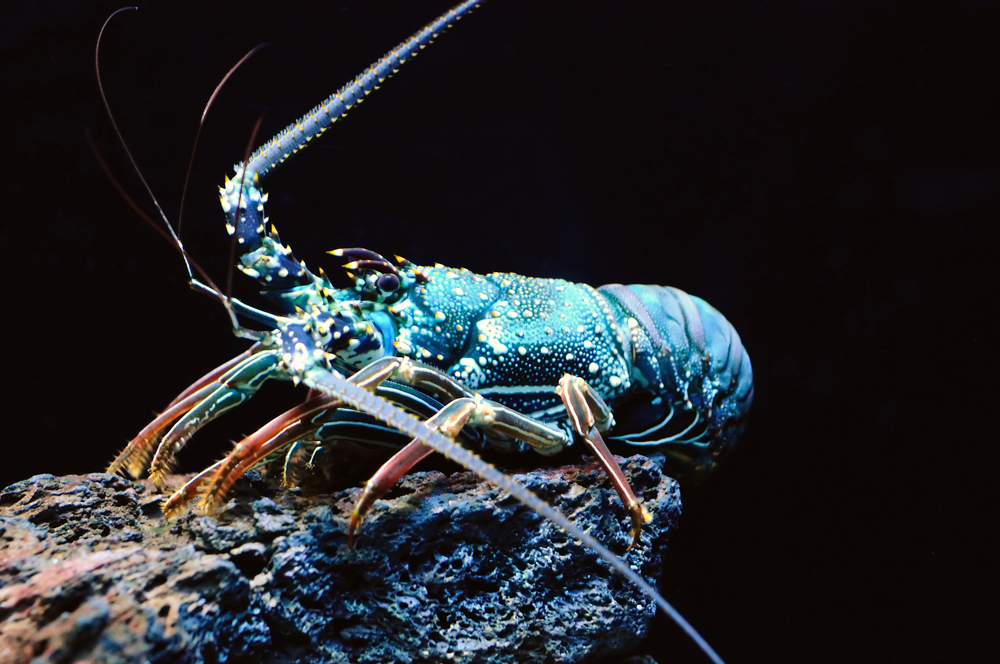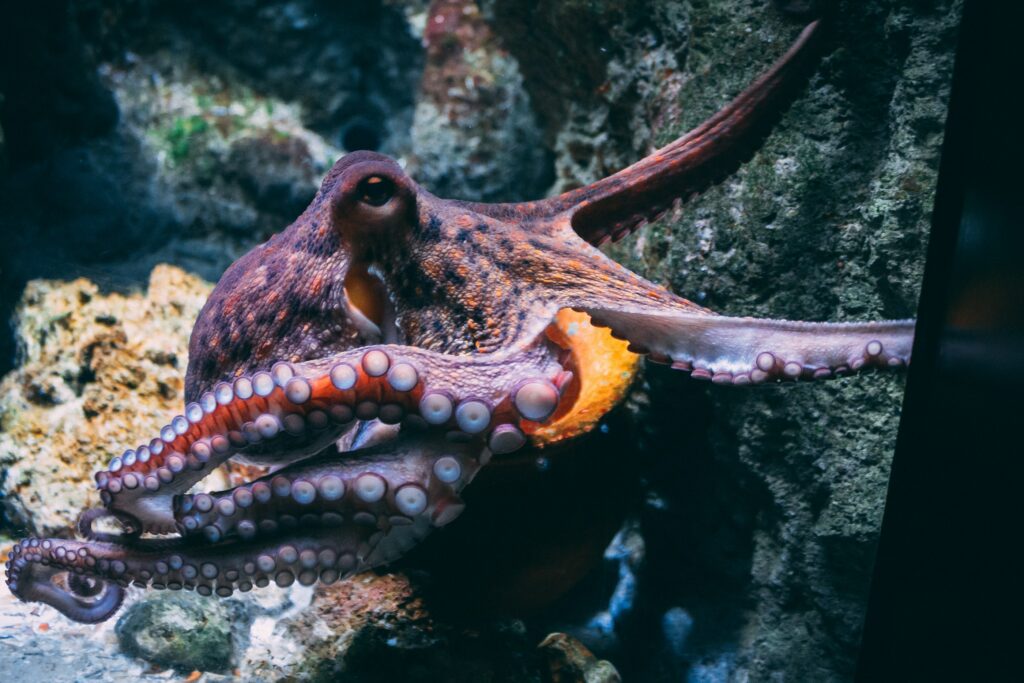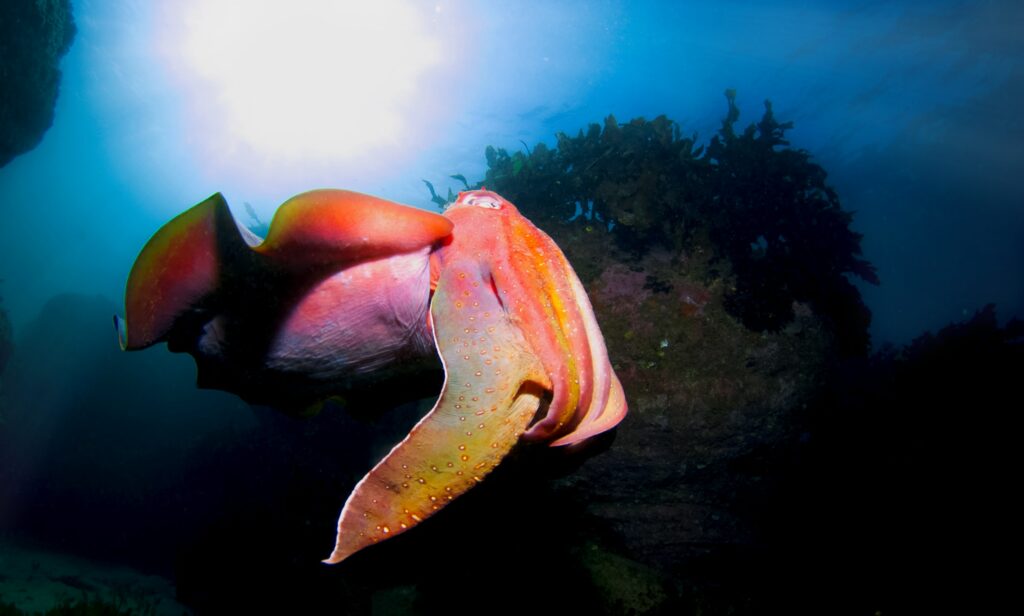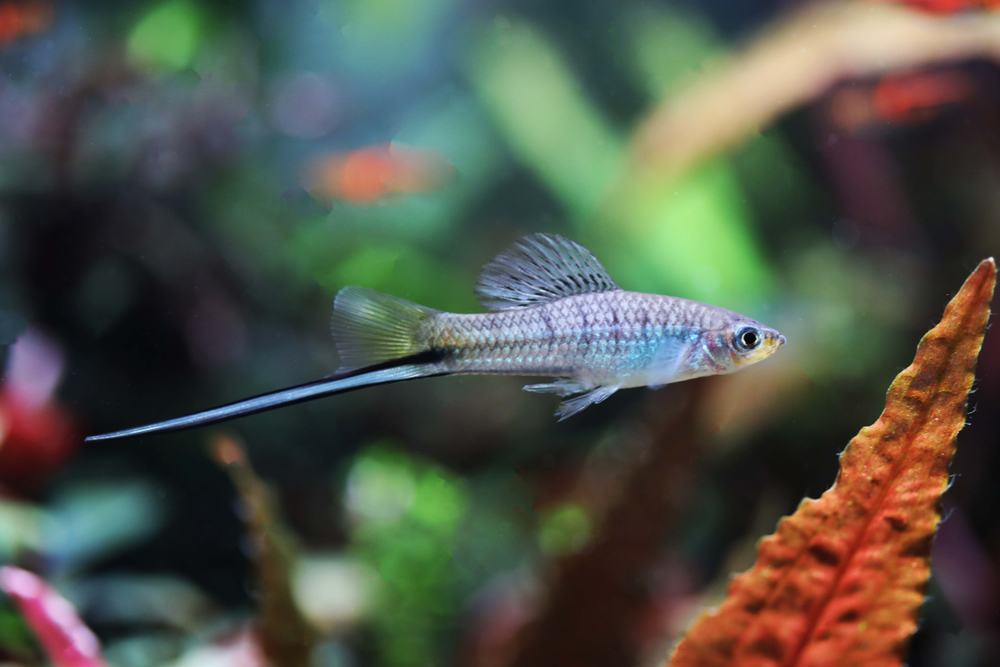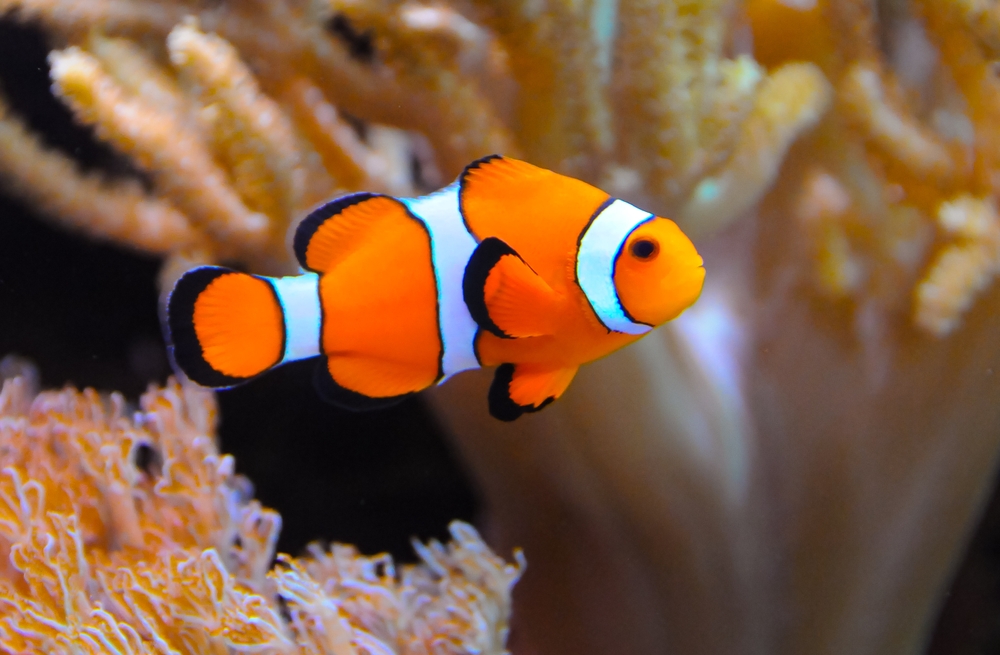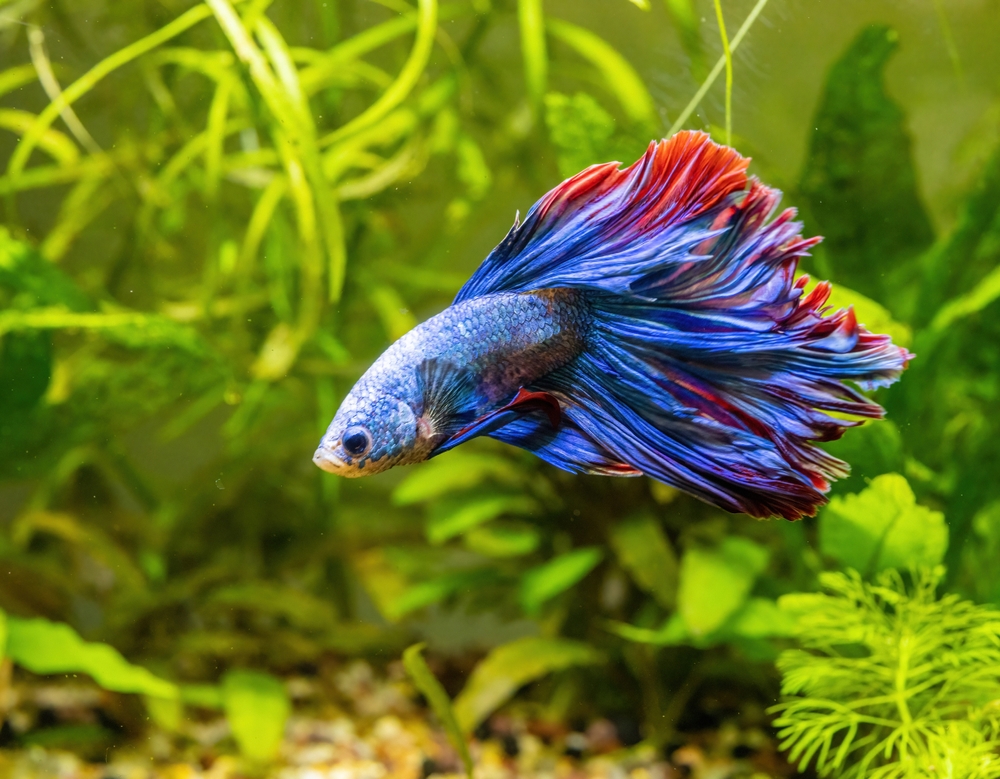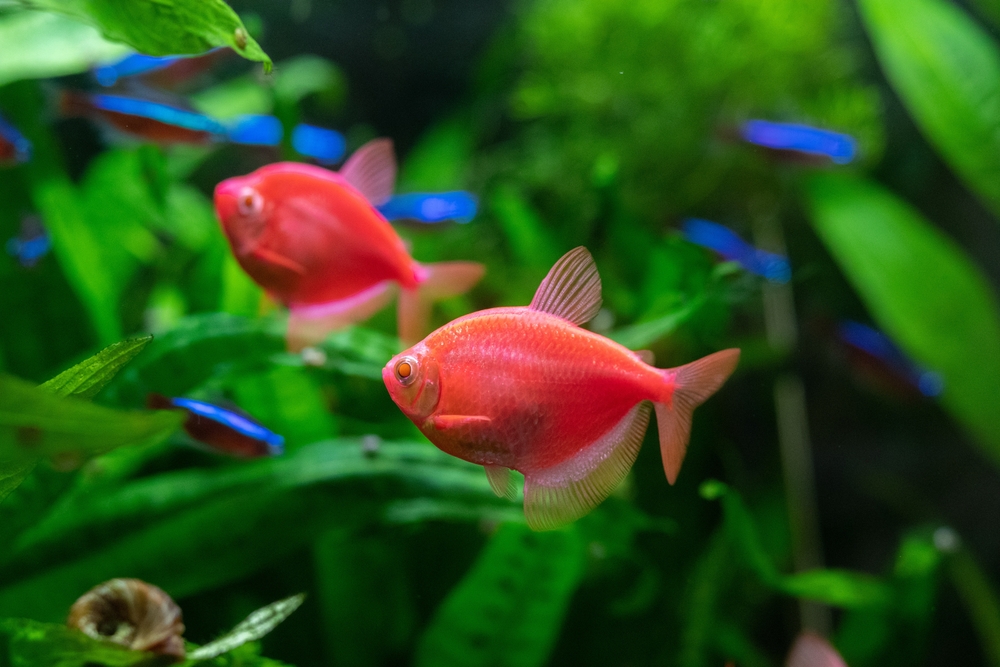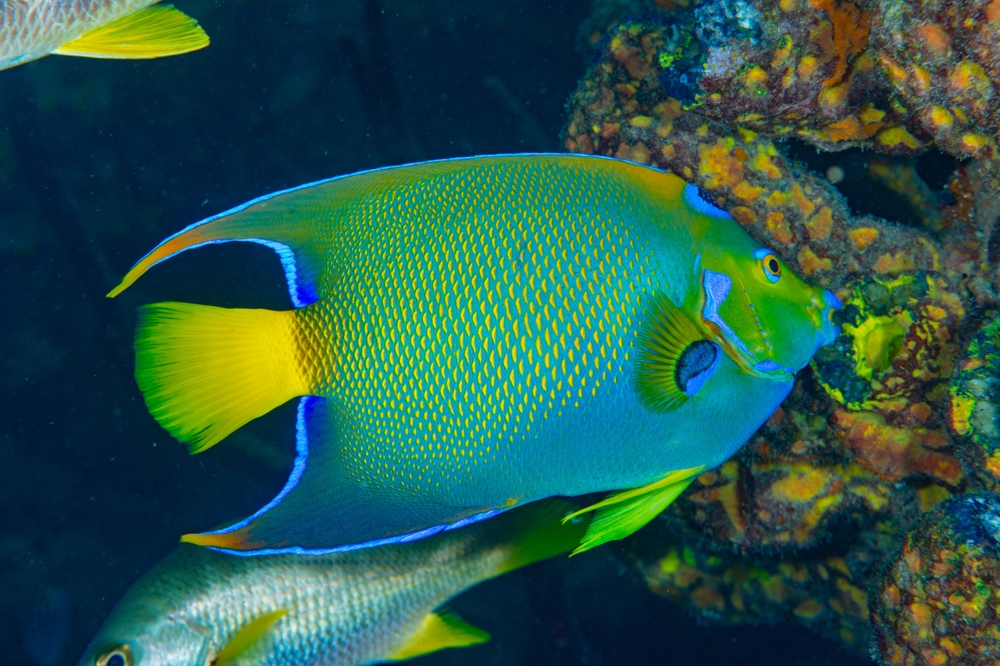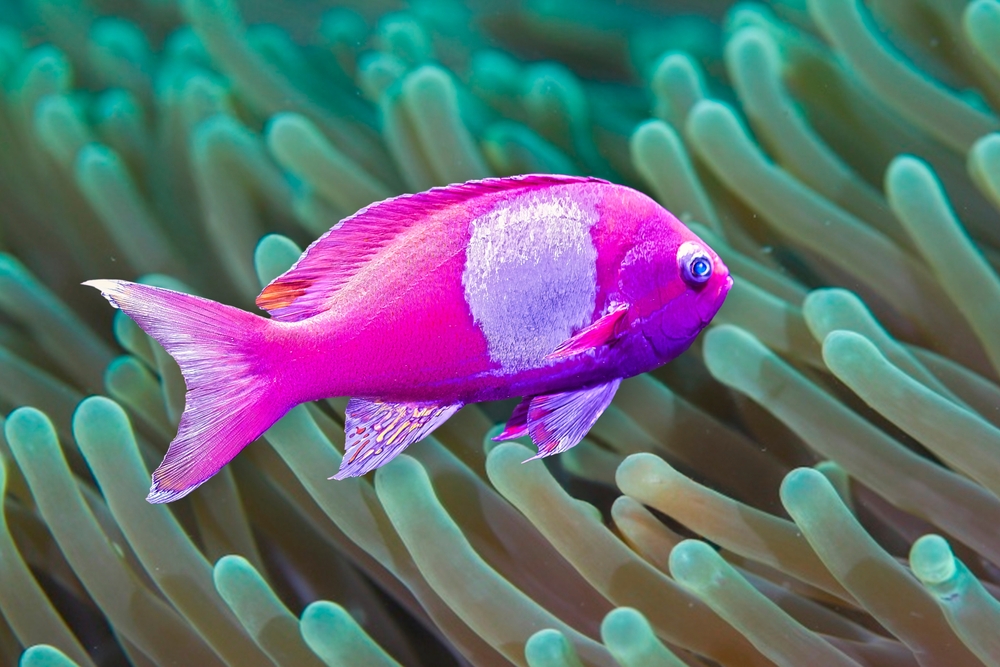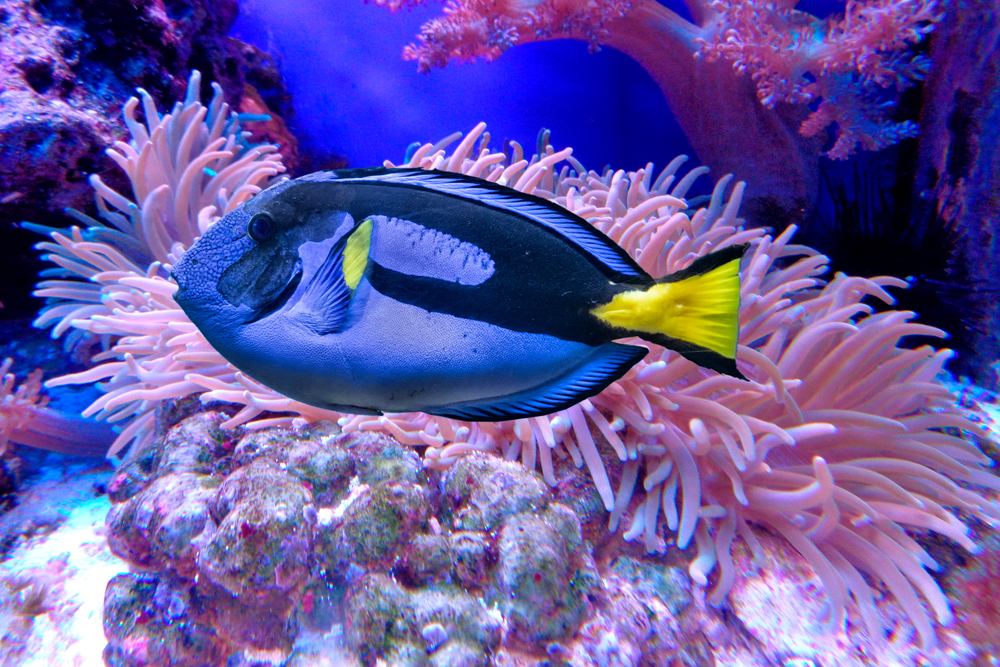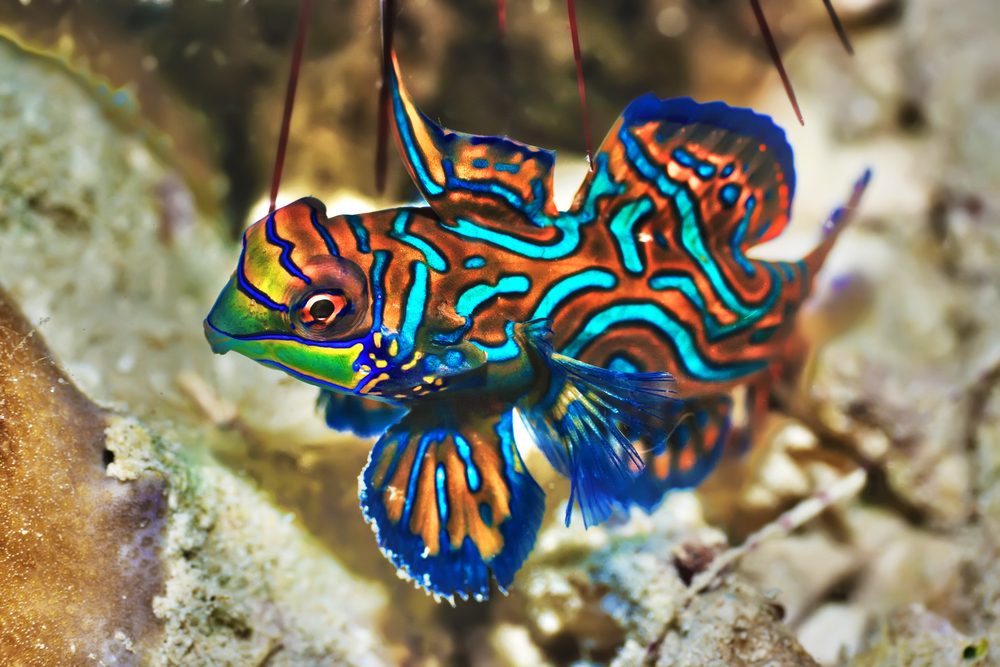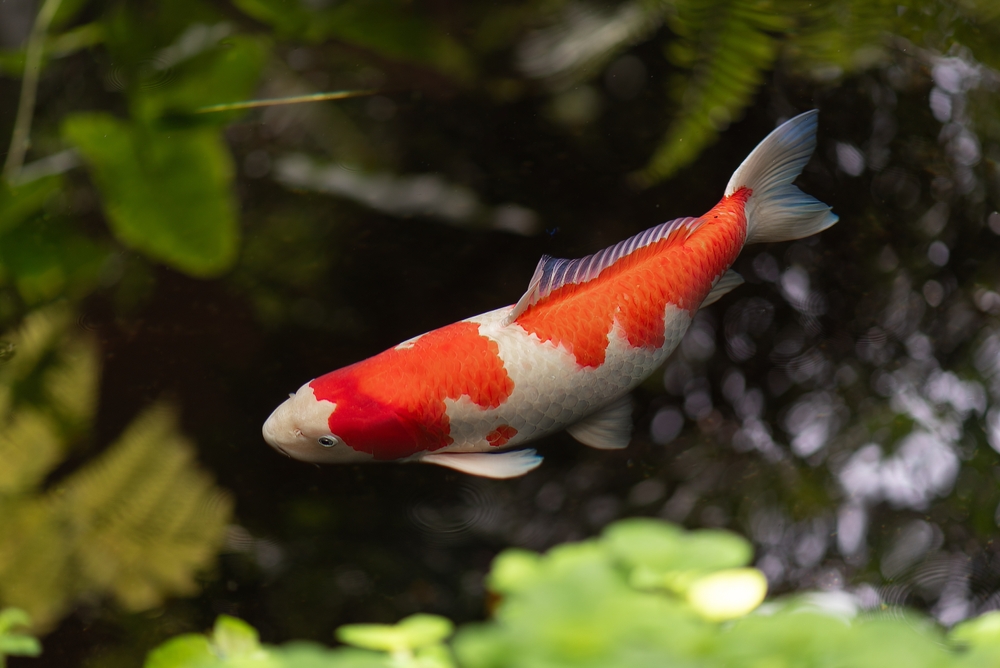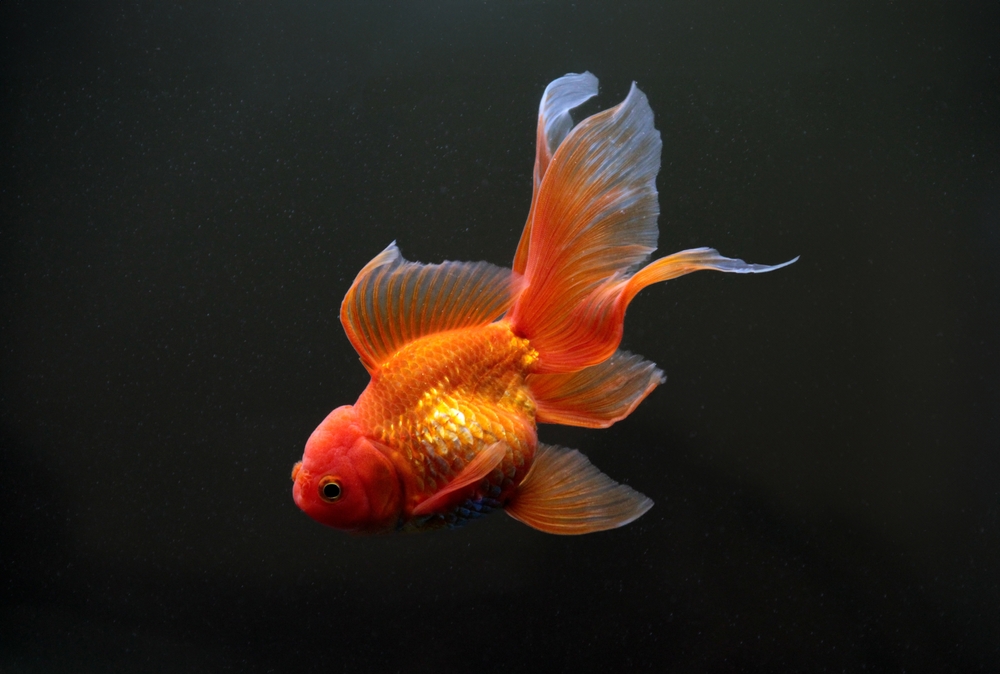The swordtail (Xiphophorus hellerii) is closely related to platyfish (Xiphophorus maculatus), with which it can interbreed. Both belong to the same genus and share similar size, shape, and livebearing reproduction.
About
The Swordtail (Xiphophorus hellerii) is a vibrant freshwater fish admired for its beauty, adaptability, and popularity in aquariums. It belongs to the family Poeciliidae, which also includes guppies, mollies, and platies. Native to rivers and streams of Central America, from Mexico to Honduras, swordtails thrive in warm, slow-moving waters rich with vegetation. Their ease of care and striking appearance have made them one of the most beloved ornamental fish worldwide.
Swordtails typically grow to 4–6 inches (10–15 cm) in length, with males easily distinguished by their elongated, sword-like extension on the lower part of the tail fin. This “sword,” used to attract females and establish dominance, gives the species its common name. Females are usually larger and more rounded, while males are slimmer and more colorful. Wild swordtails are greenish with a reddish stripe along the body, but captive breeding has produced a variety of brilliant color morphs, including red, orange, yellow, and black varieties.
Like many livebearers, swordtails give birth to free-swimming young rather than laying eggs. Females can store sperm and produce multiple broods from a single mating, giving birth to 20–200 fry at a time. This prolific breeding has contributed to their popularity among aquarists and has also led to their establishment in non-native waters around the world.
Swordtails are omnivorous, feeding on algae, plant material, small insects, and worms in the wild. In captivity, they thrive on flakes, pellets, and live or frozen foods. They are generally peaceful, though males may spar over territory or mates.
With their brilliant colors, graceful sworded tails, and hardy nature, swordtails symbolize both beauty and resilience, continuing to enchant aquarists of all levels.
Physical Characteristics
Swordtails are small, colorful freshwater fish popular in aquariums, known for the elongated tail extension seen in males.
Body:
They have a slender, elongated body with a slightly arched back. Their streamlined shape allows them to swim swiftly in rivers and aquariums alike.
Coloration:
Wild swordtails are generally olive-green with speckled sides and a reddish-brown stripe running along the body. Captive-bred varieties display bright colors, including red, orange, yellow, black, and patterned combinations.
Tail (Sword):
The defining feature of male swordtails is the elongated lower lobe of the caudal fin, resembling a sword. This extension can be as long as the body itself and is absent in females.
Mouth and Teeth:
They have a small, upturned mouth suited for feeding on small invertebrates, algae, and detritus.
Fins:
Swordtails possess a single dorsal fin, rounded pectoral fins, and a distinct forked tail. Selective breeding has produced long-finned and lyretail varieties in captivity.
Size:
Swordtails generally reach 4–6 in (10–15 cm) in length, with males slightly smaller than females, not including the sword extension.
Weight:
They are lightweight fish, usually under 0.25 lbs (110 g).
The swordtail’s vibrant colors, sexual dimorphism, and distinctive tail extension make it one of the most recognizable and attractive freshwater aquarium fish.
Reproduction
Swordtails are livebearers, meaning they give birth to free-swimming young rather than laying eggs, a trait that makes them prolific and popular aquarium fish.
Mating and Courtship:
Males use their modified anal fin, called a gonopodium, to transfer sperm directly to females. Courtship involves males displaying their elongated sword-like tail and pursuing females persistently.
Gestation:
Fertilized eggs develop inside the female’s body. The gestation period typically lasts 4–6 weeks, depending on water temperature and environmental conditions.
Birth of Young:
Females give birth to 20–200 live fry at a time. Fry are independent from birth and can immediately swim and feed on microscopic food in the water.
Parental Care:
Swordtails provide no parental care. Adults, including the mother, may eat their fry, so aquarists often separate young into nursery tanks or provide dense plants for hiding.
Maturity:
Swordtails grow quickly, with fry reaching sexual maturity in 3–6 months. Under good conditions, females can produce several broods per year.
The swordtail’s livebearing reproduction, high fry output, and rapid maturity make it a resilient and fast-breeding species, both in the wild and in aquariums.
Lifespan
Swordtails are relatively short-lived freshwater fish, with lifespans influenced by environment and care.
Lifespan in the Wild:
In their native rivers and streams of Central America, swordtails typically live 3–5 years. Survival depends on predation, water quality, and food availability.
Lifespan in Captivity:
In aquariums, with stable water conditions and proper diet, swordtails usually live 3–4 years. Exceptional individuals may reach up to 5 years under optimal care.
Threats to Longevity:
Poor water quality, overcrowding, and inbreeding in aquarium strains can shorten lifespan. Stress from aggressive tankmates or inadequate nutrition also reduces survival.
The swordtail’s modest lifespan reflects its fast-breeding, livebearing lifestyle, making it a hardy yet short-lived aquarium favorite.
Eating Habits
Swordtails are omnivorous freshwater fish with flexible diets that allow them to thrive in both wild habitats and aquariums.
Diet in the Wild:
They feed on small invertebrates, insect larvae, algae, and plant matter, grazing along riverbeds and shallow vegetation.
Feeding Behavior:
Swordtails are active foragers, picking at surfaces, plants, and drifting food particles. Their small, upturned mouths are adapted for feeding near the water’s surface.
In Captivity:
They accept a wide variety of foods, including flakes, pellets, brine shrimp, bloodworms, daphnia, and blanched vegetables. A balanced mix of protein and plant-based foods helps maintain health and vibrant coloration.
Role in the Ecosystem:
By consuming algae and insect larvae, swordtails help control populations of small aquatic organisms and contribute to the balance of freshwater habitats.
The swordtail’s adaptable feeding habits, combining both plant and animal matter, make it a hardy and easy-to-keep aquarium fish.
Uniqueness
Swordtails are popular aquarium fish, notable for their beauty, adaptability, and reproductive traits.
Distinctive Tail:
Males possess an elongated lower lobe of the caudal fin, the “sword,” used in displays to attract females. This feature gives the species its name.
Livebearing Reproduction:
Unlike egg-laying fish, swordtails give birth to live young, producing dozens to hundreds of fry at a time—an adaptation that supports rapid population growth.
Color and Variety:
Selective breeding has produced numerous color morphs and fin variations, including red, black, pineapple, lyretail, and hi-fin swordtails, making them a favorite in aquariums.
Hardiness and Adaptability:
They are tolerant of a wide range of water conditions and thrive in both wild streams of Central America and home aquariums worldwide.
Genetic Flexibility:
Swordtails can hybridize with closely related platyfish (Xiphophorus maculatus), producing fertile offspring and expanding their genetic and color diversity.
The swordtail’s distinctive sword-like tail, livebearing reproduction, and remarkable adaptability make it one of the most unique and sought-after freshwater aquarium fish.
Be the First to Share Photos of This Species.
FAQ’s
1. What species is closest to the swordtail?
2. How does the swordtail compare to other species in the same family?
Compared to platies, swordtails are larger and distinguished by the male’s elongated tail extension. They are also more active swimmers, requiring slightly larger spaces in aquariums.
3. What national parks provide the best opportunities to see a swordtail?
Swordtails are native to Central America and can be found in protected areas like Montes Azules Biosphere Reserve (Mexico) and La Amistad International Park (Costa Rica), where they inhabit rivers and streams.
4. In what parts of the world can you find swordtails?
Naturally, they occur in freshwater streams and rivers from Mexico to Honduras. Through the aquarium trade, they have been introduced to other regions, including parts of North America, Africa, and Asia.
5. How many types of swordtails are there?
There is one main species, Xiphophorus hellerii, but selective breeding has produced dozens of color and fin varieties, such as red, pineapple, lyretail, and hi-fin swordtails.
